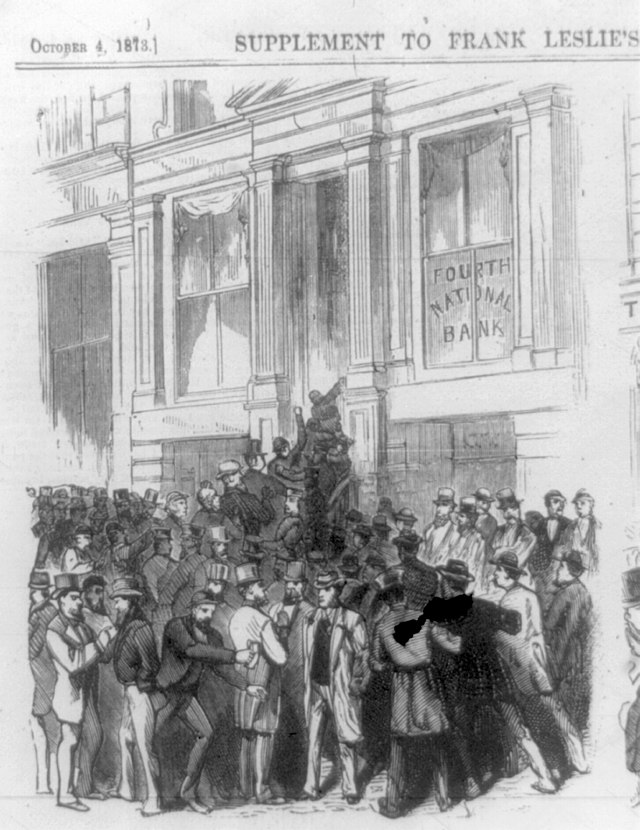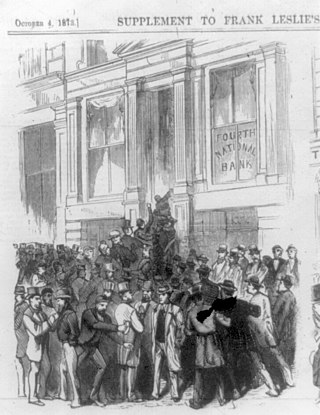1873年恐慌
来自维基百科,自由的百科全书
1873年恐慌(英語:Panic of 1873)是出發了1873年至1877年或1879年歐洲和北美經濟蕭條的金融危機,即長蕭條。恐慌最初來自奧匈帝國維也納,後擴散至歐美地區。

各地狀況
在美國和幾個歐洲殖民地發現大量白銀引起了1873年恐慌,從而導致白銀對黃金的價值下降,使印度的標準貨幣貶值。該事件被稱為「盧比貶值」。
鄂圖曼帝國的經濟也受到了影響。對外貿易增長率下降,對外貿易條件惡化,小麥價格下跌影響了農民生產者,歐洲對鄂圖曼財政的控制導致了海外巨額債務支付。長期蕭條時期農業和總產的增長率也低於後期。[2]
參考
來源
外部鏈接
Wikiwand - on
Seamless Wikipedia browsing. On steroids.
